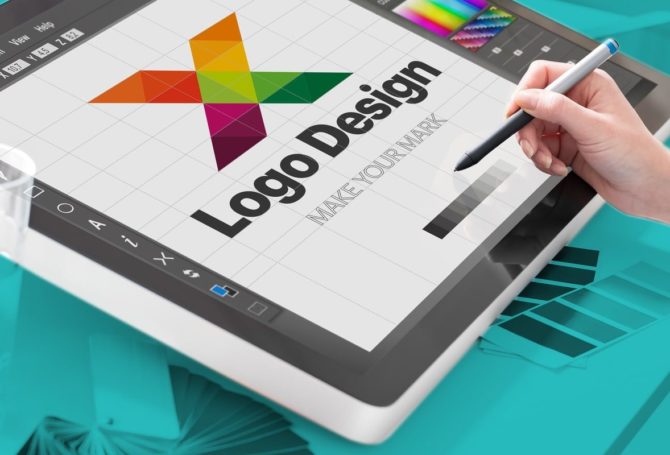
Branding and logos are sometimes conflated into the same thing. They aren’t the same, but they are a married couple. Branding expresses brand identity. A logo is the face of that brand identity.
A great logo without branding is a lost opportunity. Savvy branding with a tired or clunky logo is a serious marketing mistake.
Marketers have varying views about the exact roles of branding, logos and taglines. Call it creative license. The important thing is that branding, logos and taglines succeed in showing who a brand is and what it does.
The first impression of a brand can be intentional or accidental. Branding needs to take that into account. A consumer may seek out a brand online or in a store. A friend or family member may recommend a product. Or a consumer may see an ad on TV or social media. In this context, branding means ensuring a product looks good, serves a useful purpose and delivers on what it promises. None of that absolutely depends on a logo or marketing campaign, but an appealing logo and engaging branding definitely help.
Surveys indicate consumers gravitate to familiar brands. This is where logos play an important role. They are a brand’s familiar face. It’s like when you walk into a crowded room and look for a face that’s familiar.
Logos, especially when combined with taglines, can be more than a familiar face. They can be a snapshot of a brand’s products, a reflection of a brand’s reputation and a billboard for a brand’s promise.
In previous posts, we have discussed the value of logos that visually convey a brand story and of taglines that use words to underscore your brand’s unique qualities. We’ve admonished brand managers not to let logos and taglines become afterthoughts. And we’ve encouraged people to start logo designs with doodles that capture the spirit you want to infuse into your brand – and ultimately your branding.
Returning to the marriage of branding and logos, it is helpful to see the challenge as blending both into one brand strategy. The challenge can be vastly different for startups and established companies or for brands that are expanding versus brands that are seeking a reset. But the essential challenge is the same – how to express who you are and what you do and to use it with relentless repetition.
Just as people pick flattering colors and fits for their clothes, branding and logos need to work together to put a brand’s best foot forward. Typefaces, imagery and color combinations should be in sync with target audience preferences, marketing content and outreach channels. For example, if you are marketing to young adults, you will want a fresh, contemporary, colorful look and push material on Instagram and streaming channels. If you are marketing to older adults, you will want a reassuring, upbeat look with ads in traditional media and on TV channels that broadcast classic movies. This is overly generalized, but you get the point.
Regardless who you are trying to reach, you need to make it easy for people to see you. Being in the right place with the right story to tell (branding) is essential. But you also have to be that face in the crowd (logo) that sticks out.
Startups have the advantage of making a truly first impression. They also are lucky that the rules of branding and logo design have broadened considerably.
Companies seeking a reset have to overcome the baggage attached to their previous branding and logo. As Facebook demonstrated, more thought and inspiration is required that going from Facebook to FACEBOOK. A reset strategy should start by identifying the strengths and weaknesses of current branding and logo, then making changes to address weaknesses without surrendering strengths.
The best advice is to think through this puzzle with visuals, not words. Branding is an identity and logos are brand faces, both of which are seen. Perceptions of what you see, as opposed to what you read, travel faster to the heart and the gut.
When branding and a logo perform in harmony to give shape to your brand, you can move on confidently to establish your brand voice, design your website, print business cards and create your marketing content. But before you print those business cards, make sure your brand shines through how and where you present it.



